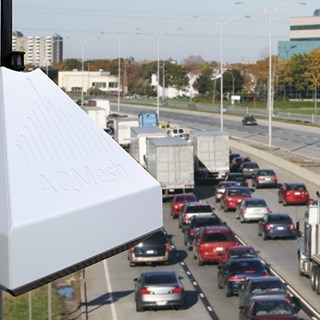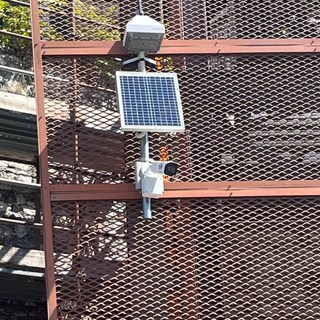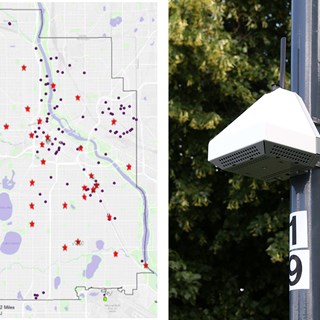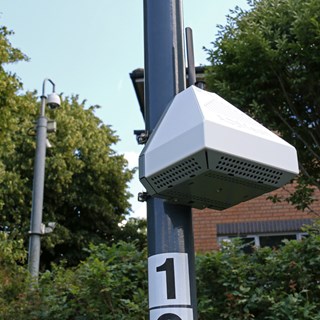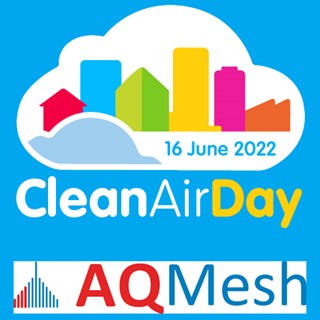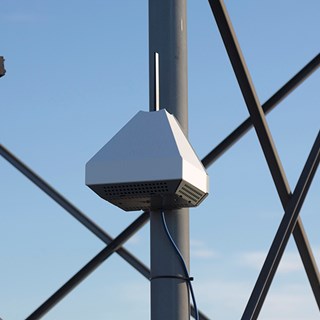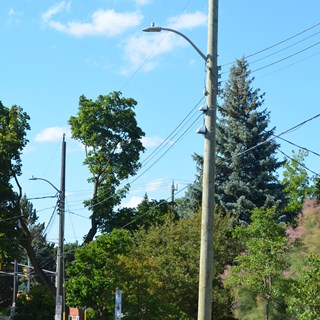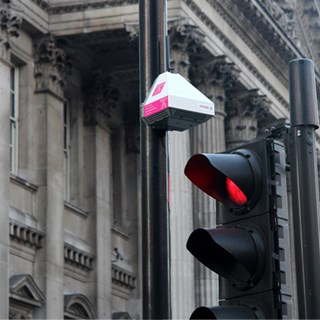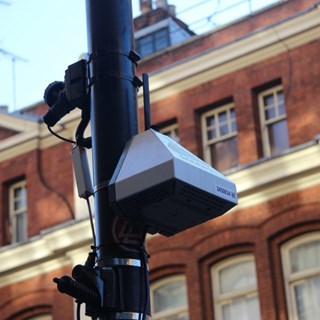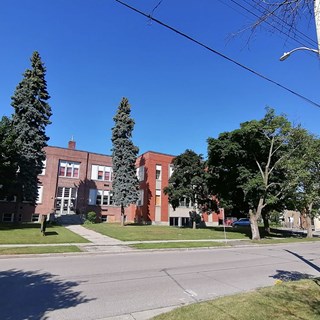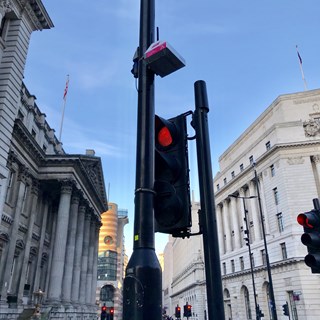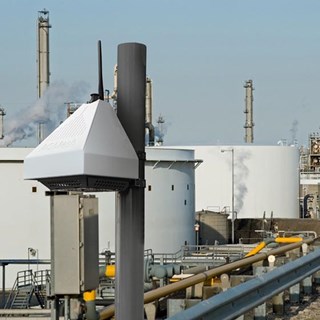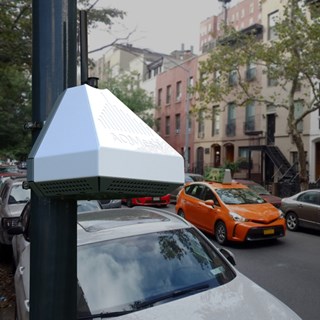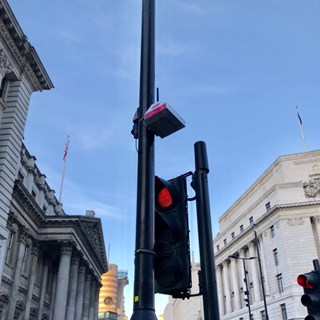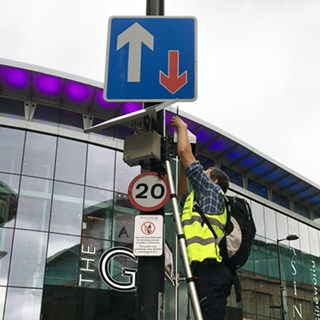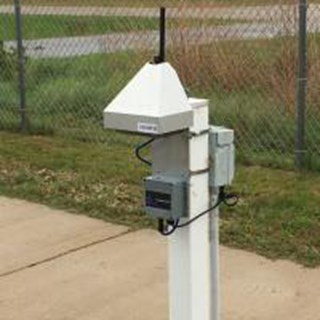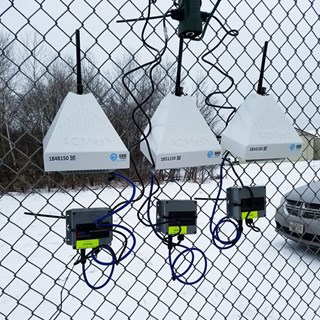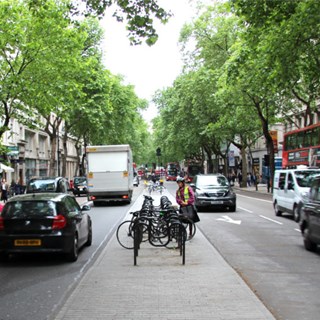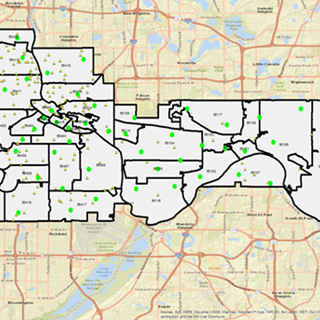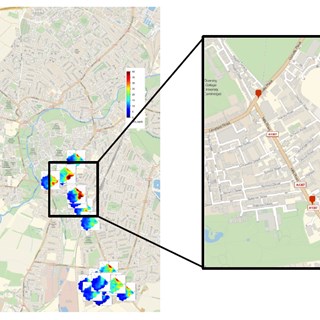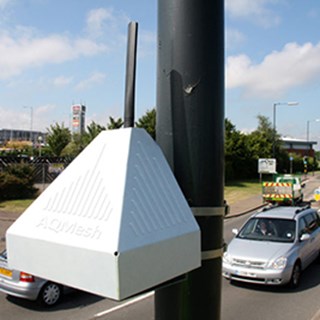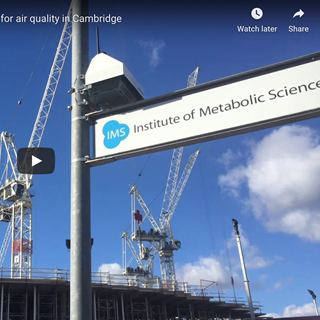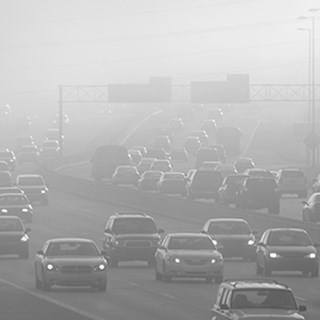Hyperlocal air quality monitoring promises to fill in the gaps between sparse reference stations – great, lots more measurements. And each of your lovely small sensor monitoring stations can measure a dozen or more pollutants and environmental conditions – even better. Or is it?
Read MoreAQMesh is being used in an innovative intelligent pedestrian crossing system being developed by three collaborators across Italy, Israel and Spain.
Read MoreAQMesh Product Manager, Tom Townend, will be presenting at the EPA 2023 Air Sensors Quality Assurance Workshop on Wednesday 26th July at 1pm ET (6pm BST). He will be speaking about our project in Minneapolis and quality control of large sensor networks measuring total volatile organic compounds (TVOC).
Read MoreAQMesh is being used as part of the newly revived Breathe Easy Dallas initiative – a project designed to measure and understand air pollution at neighbourhood level.
Read MoreAQMesh is currently being used in a number of air quality monitoring initiatives by a range of users. Across the UK, for which today is its annual Clean Air Day campaign, there are a number of pods deployed outside schools, being used by ambulance services, installed at metal foundries and at railway stations.
Read MoreAQMesh has been commercially available since 2012 – making it the most proven and relied upon small sensor system on the market. During the last ten years, the team at AQMesh has never stood still by continuously improving the design and functionality of the product in response to the many challenges that localised air quality monitoring has presented around the globe.
Read MoreA recent study using a network of five AQMesh pods has found that small sensor systems with a properly managed QA/QC process offer valuable air quality measurements, complementing data from expensive reference equipment.
Read MoreThe Breathe London pilot, which used 100 AQMesh pods as part of a ground breaking city-wide network of air quality monitoring stations, proved that small sensor monitoring technology can be deployed successfully to give results comparable with those of reference equipment.
Read MoreWhilst there may be a growth in city-wide communications integration, “big data” and public interest in local air quality, the challenges of monitoring complex atmospheric chemistry have not changed. Integrating “sensors” can sound straightforward but information about air quality around a city must be handled carefully.
Read MoreFour AQMesh pods are to be deployed at individual remote monitoring locations near schools in Kitchener, forming a small network to measure levels of nitrogen dioxide (NO2), particulate matter (PM2.5 and PM10) and carbon dioxide (CO2).
Read MoreBreathe London preliminary analysis results reveal substantial NO2 pollution reductions after the UK government implemented restrictions to reduce the spread of Covid-19, particularly after social distancing was strongly encouraged on 16 March.
Read MoreTechnology is critical to so many essential services during the current global COVID-19 crisis, but it is also allowing local air quality to continue to be monitored, in real-time, across the world. Small sensor air quality monitors such as AQMesh pods can use cloud data storage to ensure that air quality information is stored and accessible even when staff are not able to visit equipment.
Read MoreThe small sensor air quality monitoring world has moved on during the last three years and we have identified several new challenges and benefits relating to the continual development of air quality monitoring technology.
Read MoreThe Breathe London project has been announced as the winner of a SMART 50 Award by Smart Cities Connect, within the Digital Transformation category.
Read MoreA network of sensors has been set up in Newcastle in order to give policymakers a more accurate picture of the air being breathed by children. The project is a collaboration with Newcastle University and Newcastle City Council who have installed 22 air pollution sensors outside schools that are located close to major roads.
Read MoreLast month Environmental Defense Fund Europe (EDFE) together with Mayor Sadiq Khan are releasing the second wave of data from Breathe London, an ambitious collaborative project to measure and map air pollution across the capital.
Read MoreMinnesota Pollution Control Agency (MPCA) has been monitoring Minnesota’s air quality for a number of years, and it is generally considered to be good. However, MPCA wanted to understand how air pollution varies across small distances in order to minimise vulnerable communities’ exposure to harmful pollutants.
Read MoreDetailed information on London’s (UK) air pollution is now being published on breathelondon.org, the website for a new collaborative project to paint a clearer picture of the city’s air quality.
Read MoreNorth Americans will be well aware of the particularly harsh weather in the early months of 2019, but AQMesh has taken conditions in its stride. The AQMesh stated operating range of -20°C to + 40°C is backed up by long-term operation across a wide range of climates.
Read MoreThe UK’s first Urban Observatory, led by Newcastle University, has been designed to provide a digital view of how cities work. AQMesh air quality monitoring equipment is being deployed across Newcastle and Gateshead.
Read MoreOn Sunday 13th May 2018, Cardiff Council organised a car-free day in the city’s central area. As a result of this event air quality monitoring data showed an average 69% drop in nitrogen dioxide (NO2) – one of the pollutants of greatest public health concern.
Read MoreLondon Mayor Sadiq Khan has launched a new, street-by-street monitoring system that will help to improve that capital’s air quality. From July 2018, and operating for a year, London will benefit from what is being described as the world’s most sophisticated air quality monitoring system.
Read MoreMinnesota Pollution Control Agency (MPCA) has purchased fifty AQMesh pods to measure key air pollution gases and particulate matter across fifty different zip code areas.
Read MoreCleves School in Weybridge, Surrey (UK) has used AQMesh to measure pollution at the primary school’s entrance.
Read MoreIT teams are attracted by how readily data can be integrated and communicated whilst air quality professionals focus on how meaningful the air quality readings are.
Read MoreSmart city projects increasingly seek to include air quality measurements. If city authorities and the public are being asked to act based on air quality readings they must be credible.
Read MoreAt the RSC AAMG event on ‘Air Quality Monitoring: Evolving Issues and New Technologies’ Professor Rod Jones of the University of Cambridge presented a paper showing very encouraging results.
Read MoreA new generation of air quality monitors is now being offered to provide localised, real-time air quality readings – but the potential benefit is only just starting to be realised.
Read More
